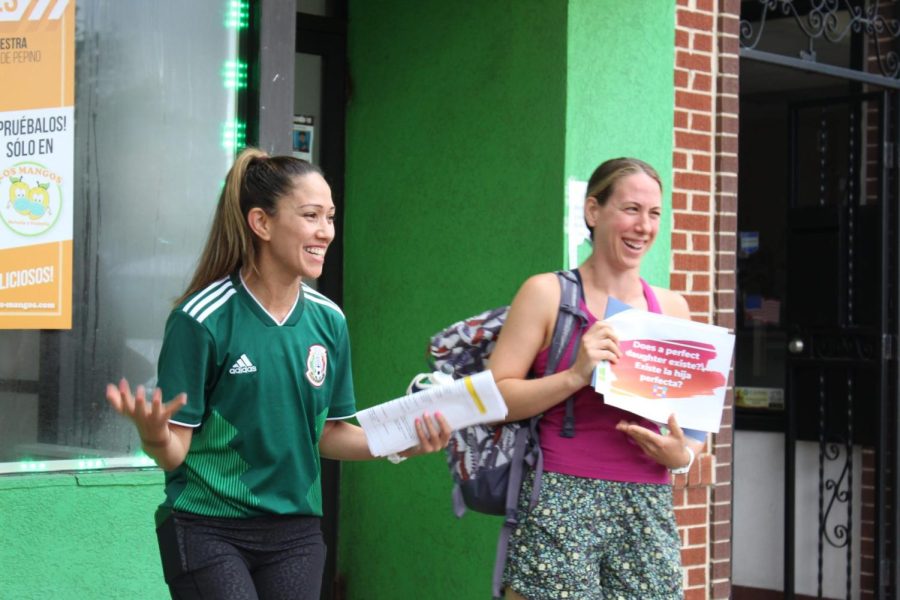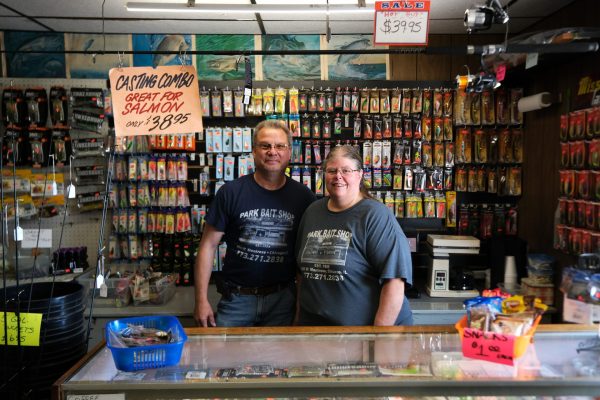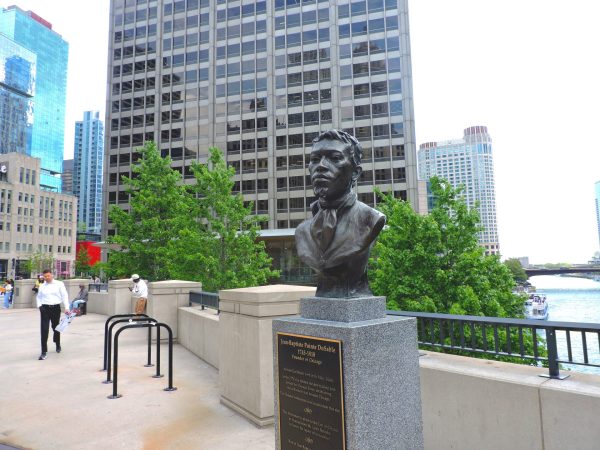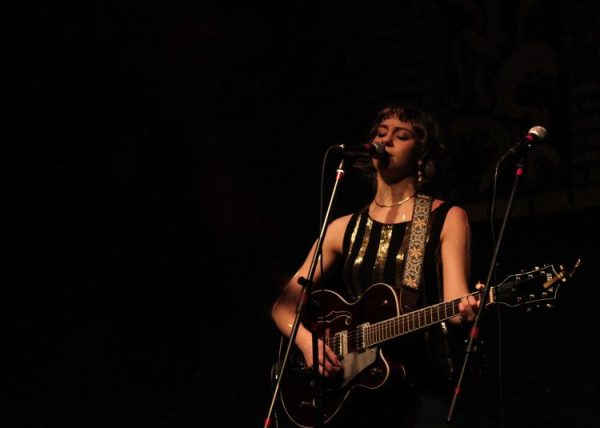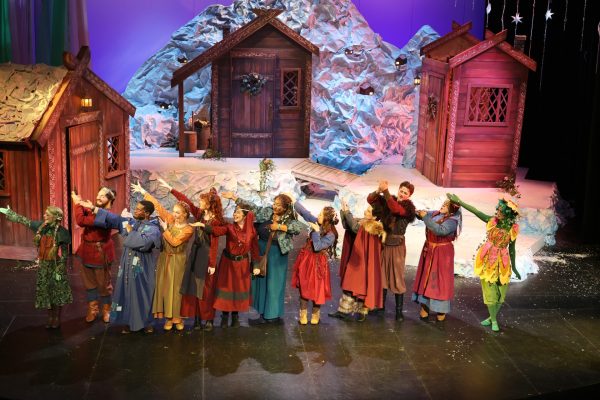Read and Run Chicago hosts its first bilingual event in Town of Cicero
Credit: Jacqueline Cardenas
Magaly Acosta and Read and Run founder Allison Yates break the ice by asking runners “Does a perfect daughter exist?”
Allison Yates sat on her mom’s couch reading the “The Battle of Lincoln Park” when her interest for history, desire to explore the city and curious mind came together to found Read and Run Chicago over a year ago.
Read and Run Chicago hosts running events with routes inspired by books that take place in Chicago and has attracted runners since 2021. Their first bilingual event was held in Cicero. It stirred conversation among runners about the struggles of growing up in the Latinx community. The discussions of the run were based on Erika L. Sanchez’s “I Am Not Your Perfect Mexican Daughter.”
Magaly Acosta, a prospective therapist and leader of the run, asked runners this question as they arrived at their first destination at Los Mangos Neveria Y Fruteria: “Does the perfect daughter exist?”
Acosta explained the dilemma many young Mexican American women face; they are torn between two worlds — the expectation to meet their parents traditional desires such as learning to cook, go to college near home and go to church, or to live a life by their own rules.
The expectations placed upon young Latinas by their parents was the first of many topics Acosta unpacked. Throughout the run’s various stops, Acosta did not shy away from talking about identity, mental health and religion.
Although Acosta drew from her personal Mexican family upbringing, she said “there’s something everyone can connect to” even if they are not Latinx.
Runners traveled to various locations, including Cicero’s Public Library where Acosta asked runners what places inspire them to “dream big.” This connects to the way the main character Julia used books as her avenue to dream about becoming a writer and escape her life’s difficulties.
Runner John Foley said his place of inspiration was the garden at Tarkington Elementary School where he teaches.
“Part of it is that routine about getting your hands in the soil…” Foley said. “I can allow myself to wander and think, that’s part of what I’m learning, is slowing down and just being in that place.”
Acosta’s place to dream in high school was the career center where her adviser helped guide her post graduation plans as a first generation college student.
According to a 2018 Eastern Washington study, some of the most prominent barriers Latinos face on their journey to attaining a college degree were lack of preparation, poverty, lack of resources in college and high school and sense of not belonging in higher education.
“My mom always wanted me to go to college but she didn’t know how to get me there,” Acosta said. Instead, she said she relied on her teachers and advisers for support.
Another destination on route was the Mary Queen of Heaven Catholic Church where similar experiences with religion and mental health became a point of discussion.
Road Runners Club of America coach Antoinette Perea said that she and her son see a therapist regularly despite feeling the stigma surrounding mental illness while growing up.
“Before it was like, let’s talk about it with the family but don’t tell anyone else because you have to save face,” Perea said. “Don’t let anyone think you’re crazy or that the family is broken.”
Acosta said Latinx families’ tendency to dismiss mental health issues as real problems has made it difficult for people to identify symptoms of depression or anxiety. In the book, Julia’s family related the psychological pain they felt to physical pain.
“They would say, ‘My heart hurts’ or instead of saying I have anxiety they said ‘I suffer from the nerves,’” Acosta said.
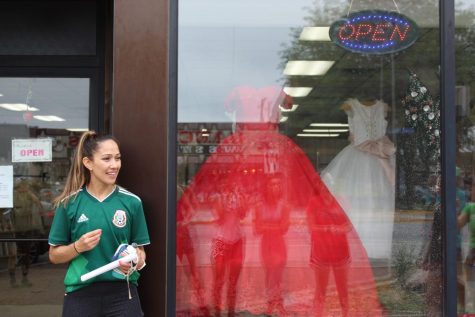
Various American Psychiatric Association studies found that Latinx people are 10 percent more likely to seek mental health help from a primary care provider compared to only five percent likely to reach out to a specialist. Lack of Spanish speaking mental health professionals and the fear of deportation are also common barriers to access, Acosta added.
The Read and Run event also consisted of trips to Los Comanches Tortilleria Shop to eat some tortillas, Karla Novia Y Ceremonias to look at quinceañera dresses and Torres Fresh Market for snacks. The runners displayed a sense of camaraderie as they passed the food they each purchased like buñuelo, churros, chicharrones and candies while standing in a circle.
For Yates, Read and Run hosting their first bilingual event was more than talking about a book; it was a political stance.
“It’s really important to me that we continue to talk about the fact that English is not the only language spoken in this country and there are so many people who speak multiple languages,” she said.
According to Forbes, the U.S. will be the second country with the most Spanish speakers by 2060. Of the 2.7 million people who live in Chicago, around 18 percent of them speak Spanish.
Yates plans on hosting more bilingual running events and hosting ones exclusively in Spanish.
“Being able to communicate and connect more people who are different, it’s such a beautiful avenue that language provides us,” Yates said.

